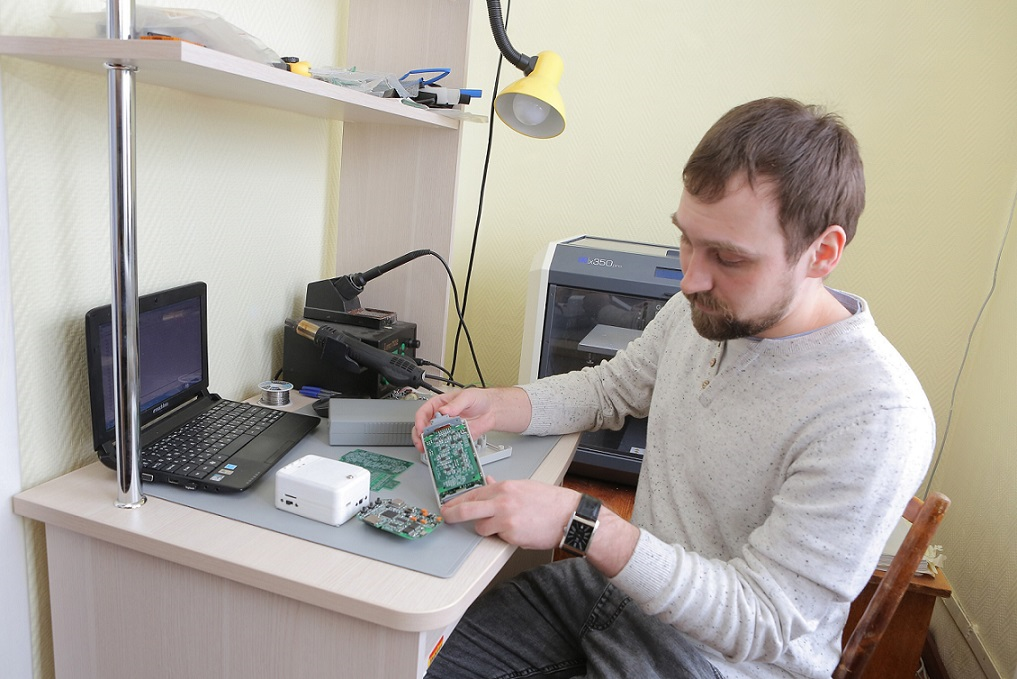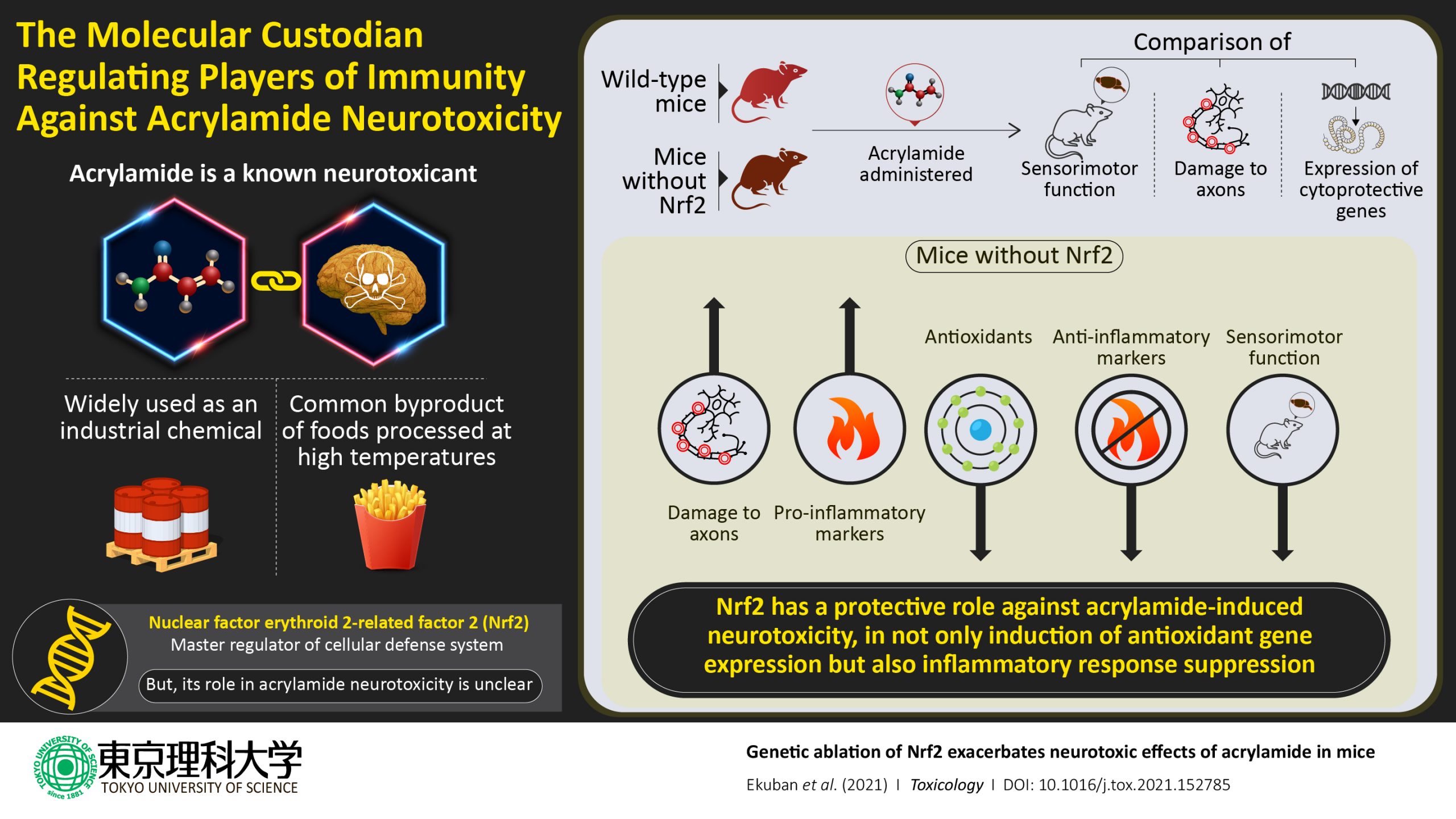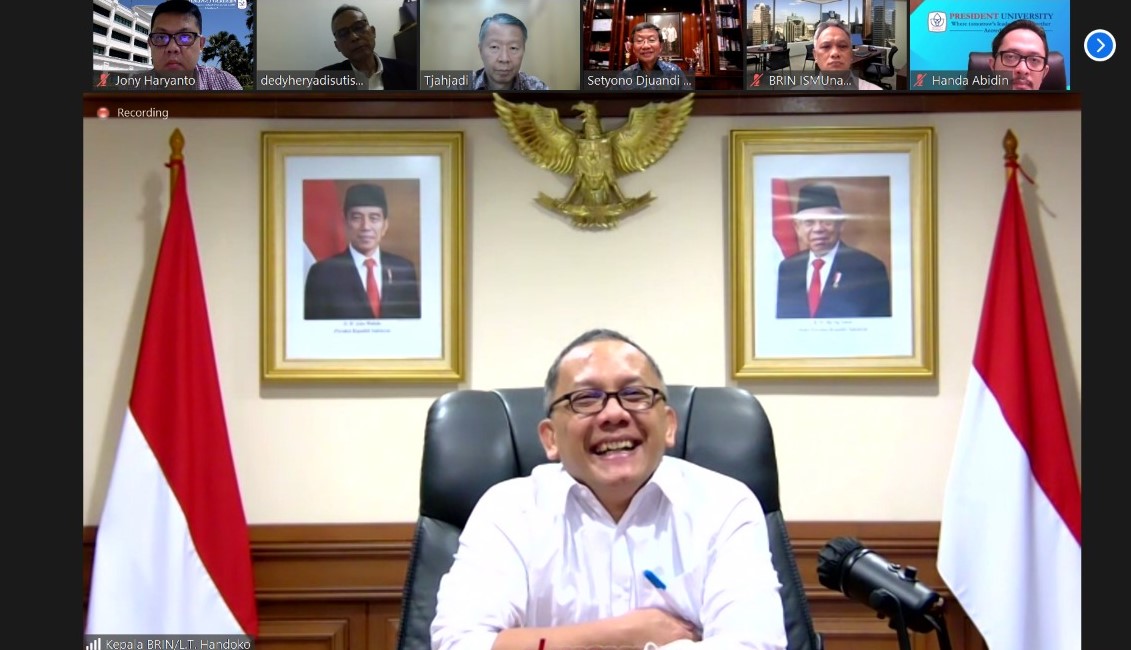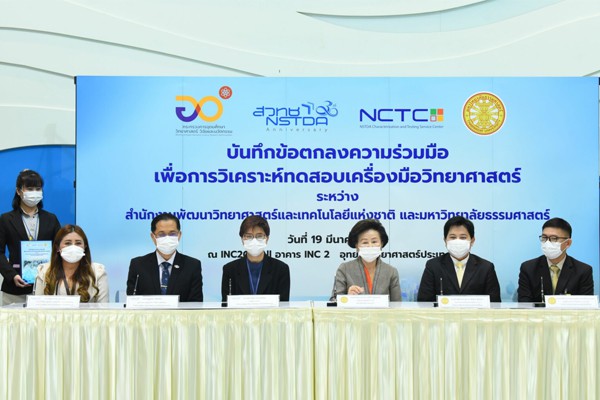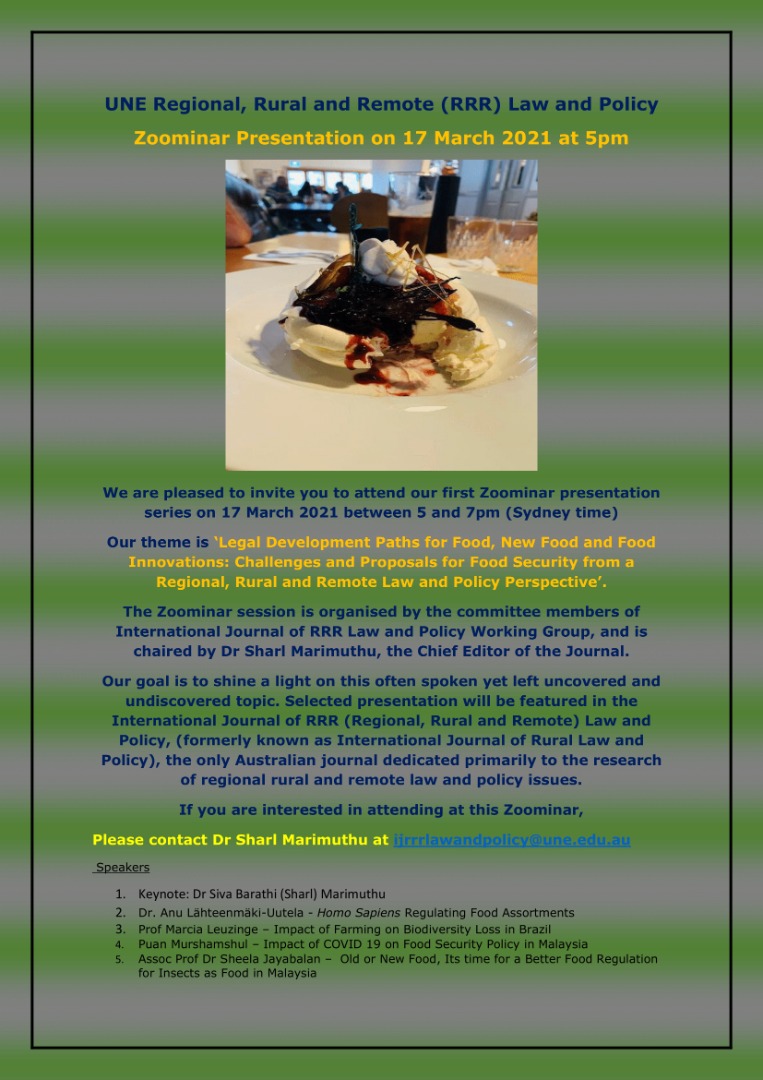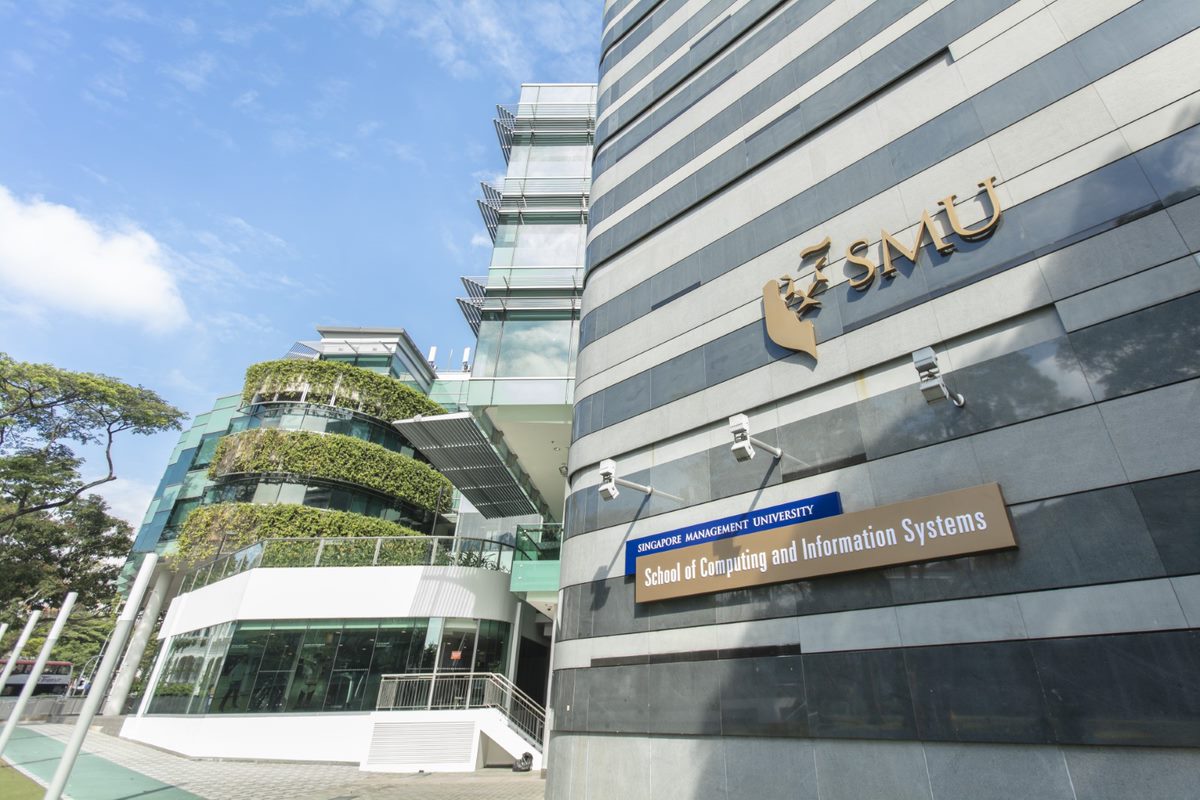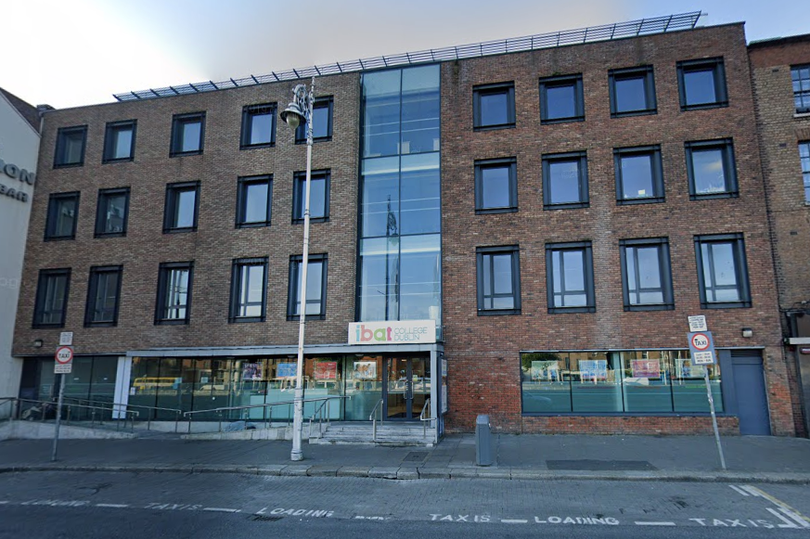Scientists of Tomsk Polytechnic University have developed a nanosensor-based hardware and software complex for the measurement of cardiac micro potential energies without filtering and averaging out cardiac cycles in real time.
The device allows registering early abnormalities in the function of cardiac muscle cells, which otherwise can be recorded only during open-heart surgery or by inserting an electrode in a cardiac cavity through a vein. Such changes can lead to sudden cardiac death (SCD). Nowadays, there are no alternatives to the Tomsk device for a number of key characteristics in Russia and the world.
The research findings of four-year measurement of cardiac micropotential energies using this device and the participation of a volunteer are published in Measurement academic journal (IF: 3,364; Q1).
The heart permanently generates electrical signals. These electrical signals cause cardiac muscle contraction and help the heart to function as a pump. Based on the form and duration of these pulses, it is possible to assess the condition of the heart. The main method of detection of electrical pulses, that is used everywhere, is electrocardiography (ECG). Nevertheless, ECG modern devices detect already critical changes in the function of the myocardium, cardiac muscle.
“Therefore, there is much concern about the creation of devices for early detection of these disorders, when it is still possible to restore cell function using medication and without surgical intervention,” Diana Avdeeva, Head of the TPU Laboratory for Medical Engineering, a research supervisor of the project, explains.
“To implement this, it is required to record cardiac micro potential energies, electrical pulses emitted by separate cells. Here, there is a question of how to implement it noninvasive. Our research team have worked on this task for a long time, as a consequence, we jointly with the participation of our colleagues, doctors, have developed a hardware and software complex,” she continues.
“The core principles of its operation are similar to ECG, however, we changed sensors: we made nanosensors instead of conventional sensors and managed to measure signals of nanovoltage and micro voltage layers without filtering and averaging out in broadband. The use of nanosensors led to the necessity to apply original circuit solutions, write individual software, Ultimately, we gained a tremendous difference in sensitivity,” Diana adds.
The complex consists of a set of sensors, a tiny key device for recording incoming signals from sensors and software for data processing. The sensors are fixed on a human’s chest using a conventional conducting gel. The monitoring procedure takes about 20 minutes.
Conventional ECG machines operate on frequencies from 0,05 Hz to 150 Hz, while the device of the Tomsk scientists operates on frequencies to 10,000 Hz.
Silver chloride electrodes are usually used for recording ECG of high quality. Our sensors are also silver chloride electrodes, however, we used silver nanoparticles. There are up to 16 thin plates from porous ceramics in every our sensor, silver nanoparticles are placed in these pores. There are millions of particles in one sensor, where every particle is a silver chloride electrode capable to enhance an electric field of the heart. Silver and gold nanoparticles are capable to enhance an electromagnetic field: visible light by 10,000 folds and infrared radiation by 20 folds. We also refused to use filters for rejection network interference and noises, which are usually used in conventional ECG and significantly distort micropotentials,” Diana Avdeeva says.
The published article represents the monitoring data of one volunteer’s heart function. He took part in research for four years and was monitored every 7-10 days.
“At the beginning of our research, we recorded clear violations of activity of cardiac muscle cells. His attending physician recommended surgery, he gained an inserted stent at the Cardiology Research Institute. Then, he continued to take part in the research and the device recorded the further gradual restoration of cardiac function,” the scientist notes.
Previously, the project received sponsorship of the Technology Platform “Medicine of the Future” and the federal targeted program. The complex was created in partnership with experts of the Cardiology Research Institute of the Tomsk National Research Medical Center of the Russian Academy of Sciences. The industrial partner was the Scientific Production Association Ekran, a Moscow enterprise.
“A task to create a sensitive, tiny and affordable complex was set up, in order in a long run, outpatient clinics and patients at home could use it. Moreover, the developed methods and devices can be used not only in cardiology.
The fields of any electrophysiological research, such as electroencephalography, electromyography and so on are promising. Of course, before applying it to cardiology, we have to pass some essential stages. These are the collection of the required array of statistics, certification of the complex for medical use. All these stages require sponsorship, we are engaged in searching for partners and supporting programs,” Mikhail Yuzhakov, Engineer of the TPU Laboratory for Medical Engineering, a participant of the research team, says.



